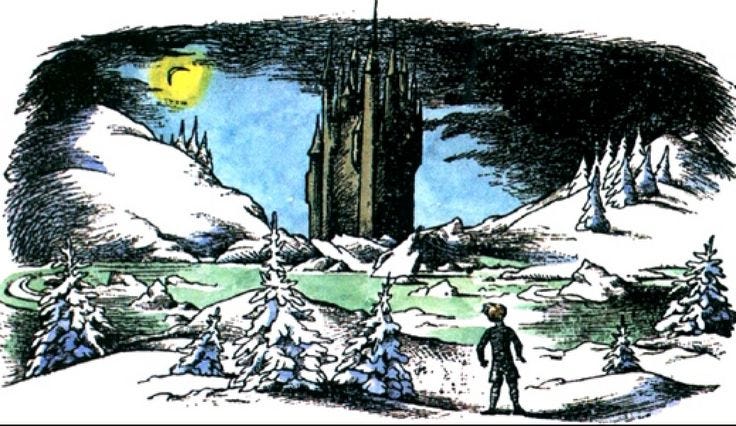Inspiration of “In the Witch’s House”
A boy takes a walk in the snow.
If you wanted to summarize “In the Witch’s House” in the dullest manner, that would be it. Such a summary, however, would eliminate all of Edmund’s internal dialogue and miss his descent into temptation. This external journey from the Beavers’ home to the witch’s house is an internal journey of Edmund moving deeper into sin.
He’s not intentionally setting out to betray his family. But from merely being dissatisfied, he falls all the way to mocking the good he has left behind.
First, there is discontentment with his current circumstances. Edmund is unable to enjoy “good ordinary food” because he was consumed with thoughts of the witch’s magical Turkish delight. He was preoccupied with what he felt he should have that he missed the pleasures in his present moment.
Next, Edmund moves toward isolation, both metaphorically and literally. He assumes the others are united against him and mistreating even when they’re not. When he hears the name “Aslan,” he feels a mysterious sense of terror. Like Paul discussing the response people have to Jesus, Aslan is a aroma of life to his siblings, but the lion is an aroma of death to Edmund.1 He slowly works his way outside the beaver’s home. He has turned his imagined isolation into a reality.
As he walks further away from those who actually care for him, Edmund enters a phase of denial. He tries to convince himself that the others do deserve some mistreatment from the witch, but also she’s really not that bad. “All these people who say nasty things about her are her enemies and probably half of it isn’t true,” he says to himself.
Keep reading with a 7-day free trial
Subscribe to The Wardrobe Door to keep reading this post and get 7 days of free access to the full post archives.





